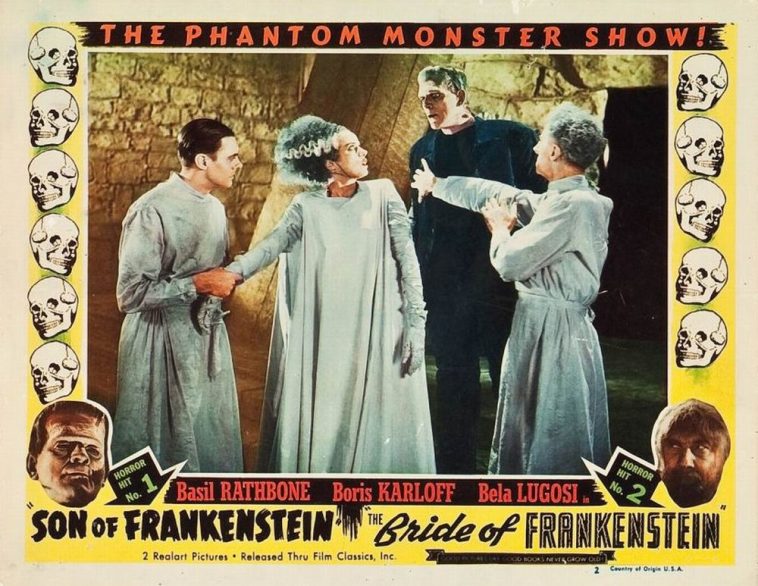The Apostrophe Blog
When a writer is born into a family, the family is finished. —Czeslaw Miłosz
It breaks my heart to have to write this post.
Sometimes the secrets we keep in life we are able to quietly take to the grave. Other times there are secrets—buried, elided, squelched, ignored, dismissed, and discounted for decades—that seep back to the surface, break through, causing a seismic wave especially when the secret-keeper is both beloved and famous in this world. That is what has been happening to those of us in the literary community as we reel in shock and disbelief from the revelations published in the Toronto Star in early July that Alice Munro’s second husband, Gerald Fremlin, was a pedophile who abused her daughter, Andrea Robin Skinner, in 1976 when she was nine years old. And, shockingly, even after finding out about this transgression, Munro chose to stay with her husband and, as a result, became estranged from her youngest daughter.
The timeline of this sorry, sordid tale is decades long and a bit convoluted. The complicity on the part of the many involved adults who knew about this matter and chose to keep this secret is shocking and indefensible as well. The New York Times summed it up with this headline: “A Silence Is Shattered, and So Are Many Fans of Alice Munro.” A prize-winning writer and Nobel laureate who was seen as a humble hero to many, whose work only grew in resonance and power as she kept at it until close to eighty years of age—well, here we go again, another precipitous (if posthumous) fall from grace.
Back in May, I wrote a blog post after I learned about her death. It was gushing, full of praise and admiration. I could not say enough good things. It was as if I was unable to find enough superlatives to describe how much I loved Alice Munro’s writing. To me, she was the GOAT of the short story. In fact, in the spring of 2023, I actually reread her entire oeuvre! Now, with this latest news, I am of course re-thinking my unequivocal admiration.
In October 2004—the year before her husband pleaded guilty to indecently assaulting his stepdaughter—Daphne Merkin interviewed Alice Munro for the New York Times in an essay entitled “Northern Exposures.” She visited Munro in the small town in Ontario, Canada where Munro and her husband lived in the house that had been his childhood home. After the Toronto Star bombshells, I re-read this essay. I have to say there were some details in it that now, in hindsight, seem to be red flags waving wildly in a not-so-quiet storm. I am not trying to excuse or defend what Munro chose to do, for the amoral decision she made to side with her husband over her child. But in that essay, something comes across as troubling, as very much off in her domestic living situation. Munro did not drive or cook; no one was ever allowed to visit at their home—Munro called it a rule. She never once referred to her husband by his first name throughout the entire interview. When he came to pick her up at the restaurant where the interview took place, Fremlin asked Merkin how much his wife had had to drink over lunch. After his death in 2013, Munro changed her mind about wanting to be buried alongside him in his family cemetery plot. Hmm. Even though so many of the principals in this story are now dead, I have a hunch we haven’t heard the last word yet on this tawdry tale yet…
Great artists are all too often monsters. And art monsters have overwhelmingly been men. But apparently the women are not exempt when ego and arrogance do battle alongside fierce talent and drive. Looking at Alice Munro’s work now, in light of these horrific family secrets and revelations, it seems her protagonists were even more a version of her complicit and compromised self that we readers ever could have guessed.
It isn’t that I won’t continue read or admire Munro’s work. It’s just that now and forever more, any reading has to be through the lens that perhaps—particularly in her later stories written after her husband was found guilty in court—she was not writing fiction. After all, Open Secrets is the title of one of her best collections. Perhaps she was telling us more of the truth, maybe even cagily confessing, through her flawed and at times frightening characters, right there in black and white on the page, very much in plain sight.
The public domain image above is of a colored lobby card for the 1935 film Bride of Frankenstein. This image is assumed to be in the public domain, as no copyright notice is in evidence.
- Acceptance News: Red Door Magazine - November 10, 2025
- A Day of Shadows and Sun - November 10, 2025
- For the love of a watery landscape… - November 9, 2025

